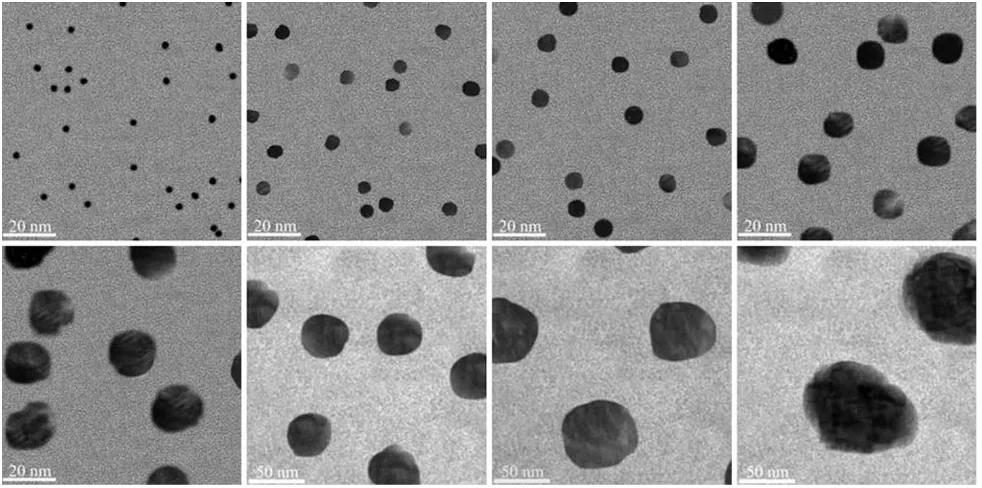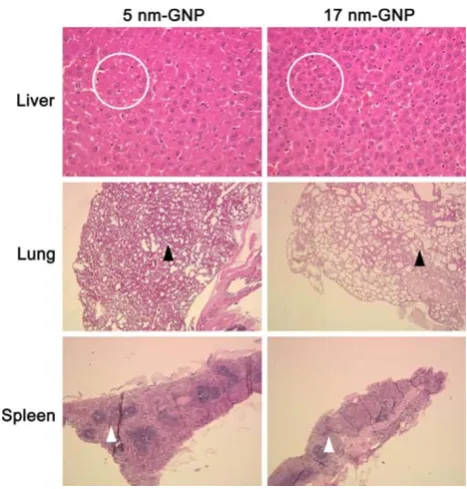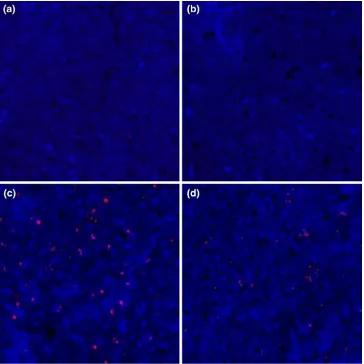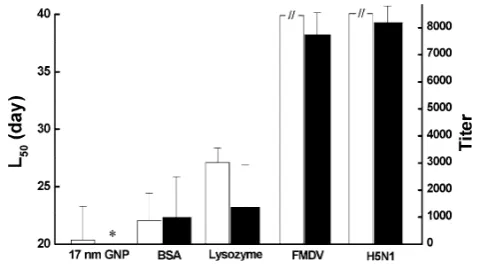Assessment of the In Vivo Toxicity of Gold Nanoparticles
Full text
Figure




Related documents
From the present molecular phylogenetic analysis, novel paths of MT evolution through domain duplication giving rise to large-sized MTs with more than two metal-binding domains could
Discussion on the possible association between a firm’s financial structure and its size, class, profitability, income gearing, external financing, and a host of
DESIGN OF FOLDED WIRE LOADED ANTENNAS USING BI-SWARM DIFFERENTIAL EVOLUTIONJ.
Due to large IP block in our literature survey our data are selected in multiple blocks but in algorithm we are dealing with small number of data set. So we are selecting IP
associated with severe pregnancy, such as eclampsia and hellp syndrome in second place and thirdly sepsis, are events that occur in most countries, [23] as the main cause of
Different with Julia et.al work [14], we focused on some disease risk factors for CVD, such as Diabetes, Hypertension, CHD, PAD and Stroke and the medicine treatments (Blood
Comparing Region 3-inch stubble height definition used by Region 5 of the Forest Service for a grazed plot to the percent of weight removed tables for smoothbeak
MCH neurons mutually suppress NE (alerts, stress) during wake to promote exploration and eating [González et al., 2016], so their firing during sleep (which is stronger during REMS